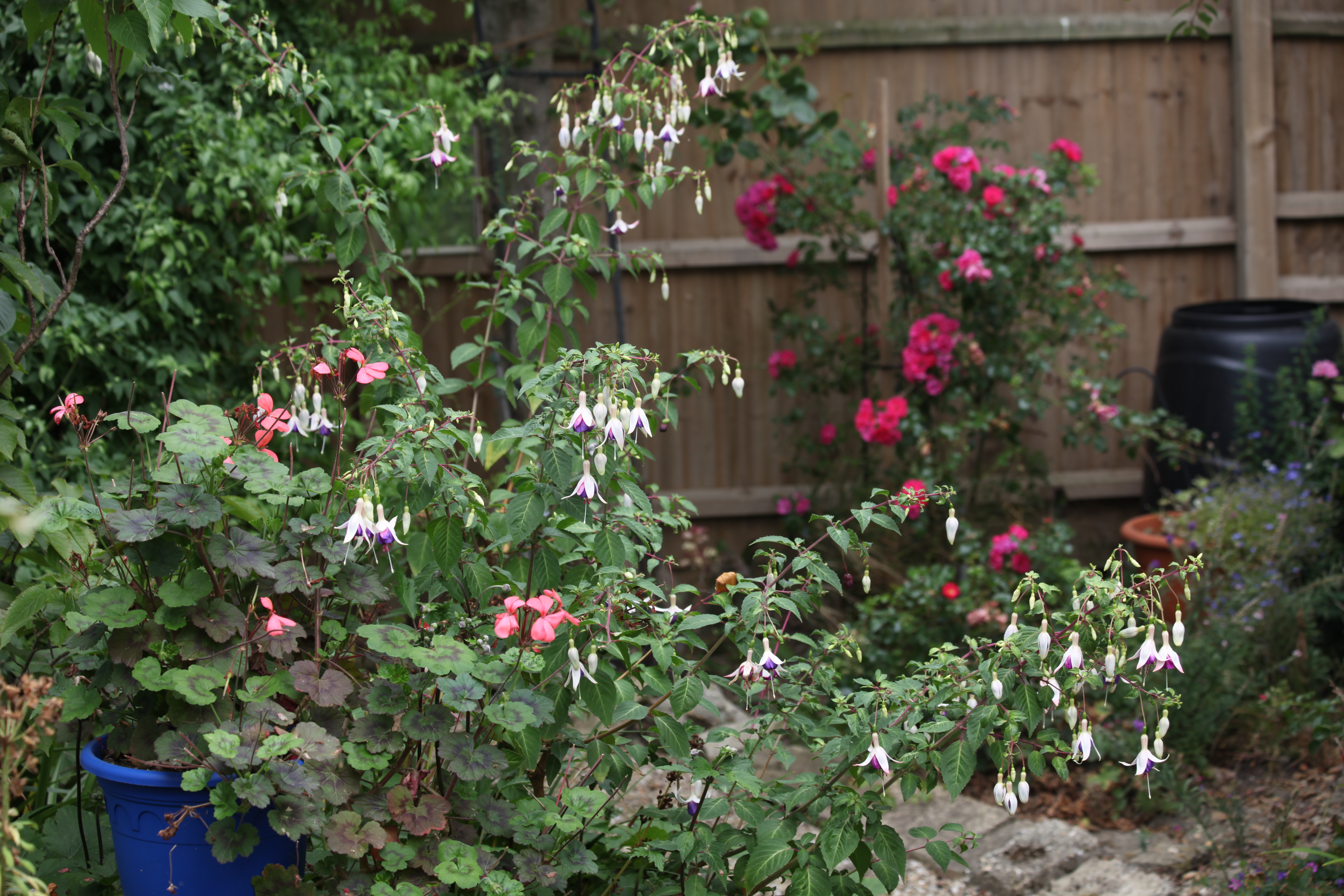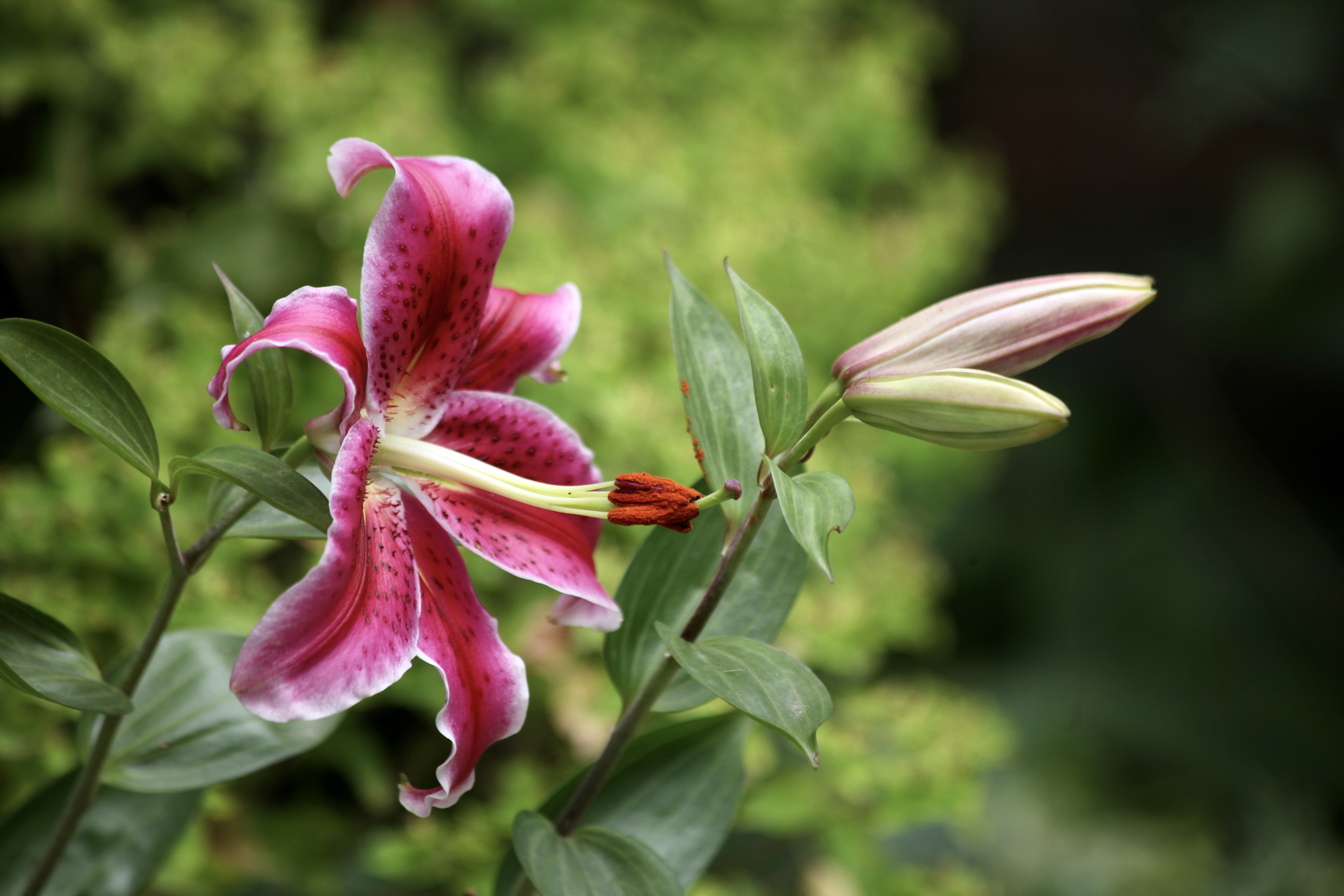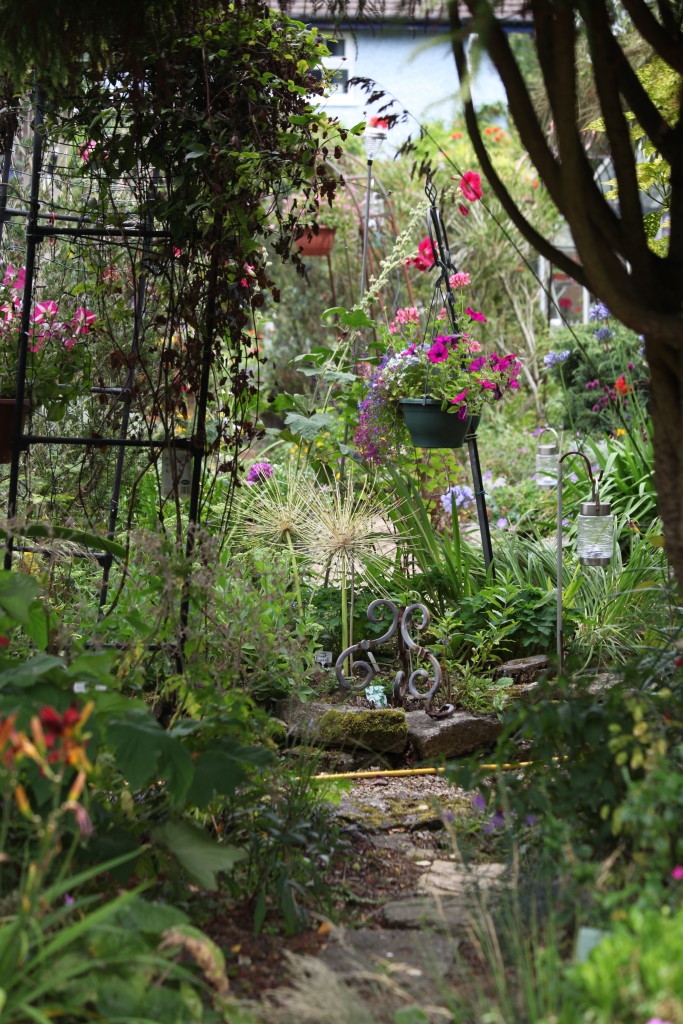Last night I finished reading ‘One Hundred Years of Solitude’ by Colombian Nobel prizewinner Gabriel Garcia Marquez. First published in Argentina in 1967 this book was in the forefront of magical realism, and, as such, made the author anxious about its reception. Although there were some detractors the work has remained popular for more than the following half century.
Magic there is in abundance in the flowing, descriptive, language, the characterisation and the fantastic tales therein. The reality comes in the breadth of the inventive development of the 20th century. As usual I will not even attempt to tell the story, but can, without revealing too much, say that by tracing the imaginative history of a nation-founding dynasty, the writer symbolises the making of South America and of the world.
My 1991 edition, part of Jonathan Cape’s collected set, contains a family tree which goes some way to unravelling who’s who in this saga of longevity of a family whose members often share similar names.
Gregory Rabassa has produced the translation from the Spanish, which I can only assume is true to the original.
Late this morning Jackie drove me to Milford on Sea for Peter to cut my hair at Sears Barbers.
This afternoon I bagged up another heap of the Head Gardener’s rose clippings, then tied up some stems of red

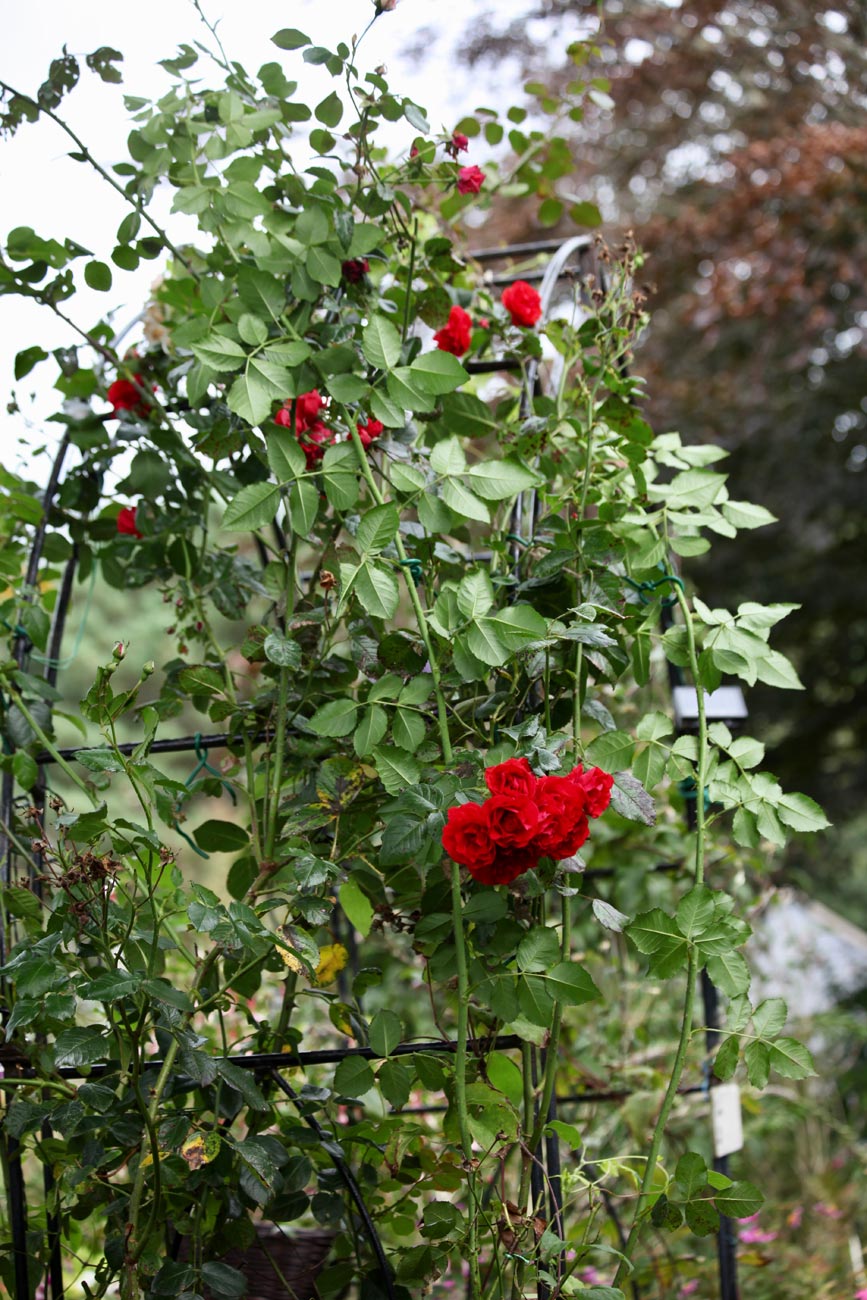
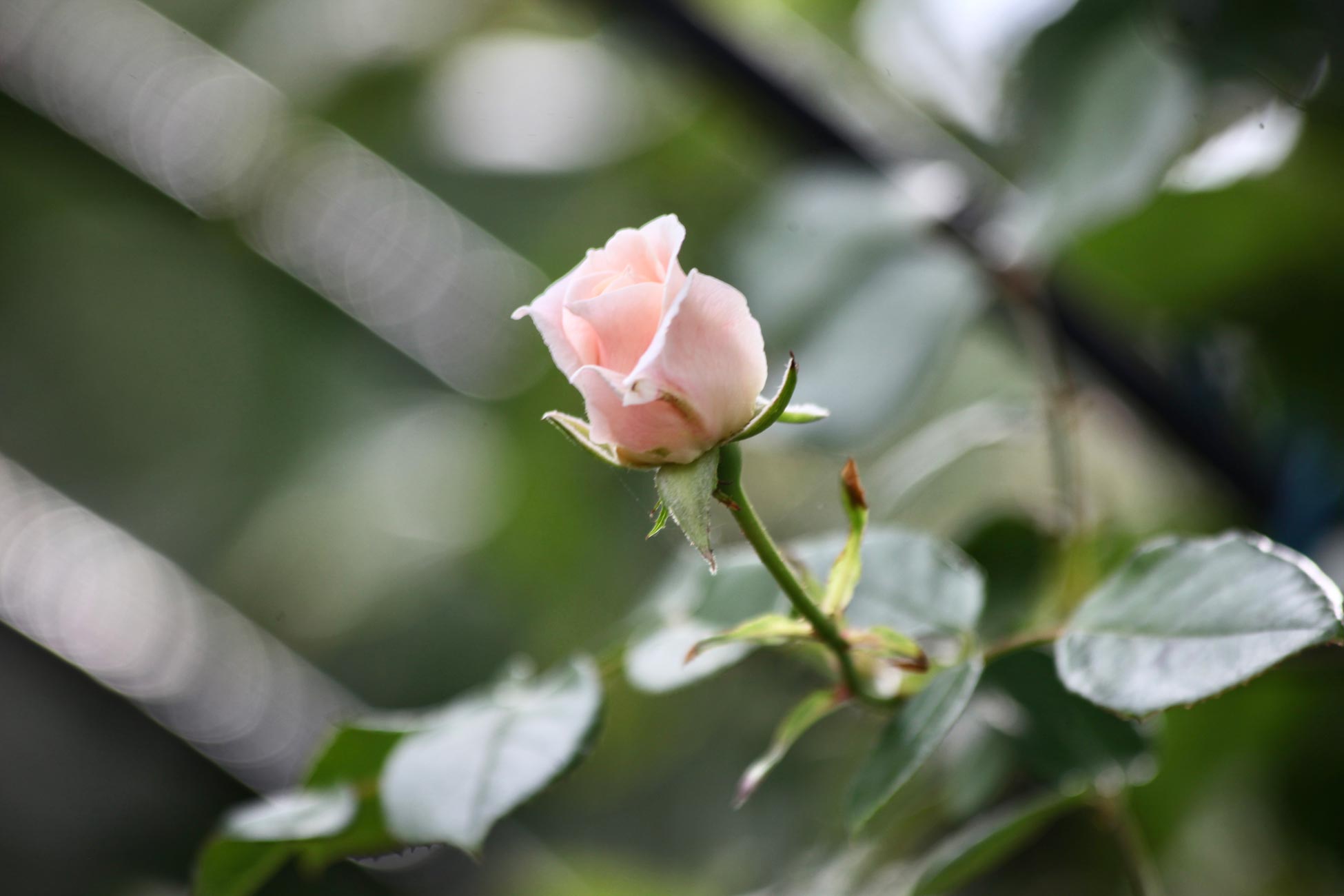

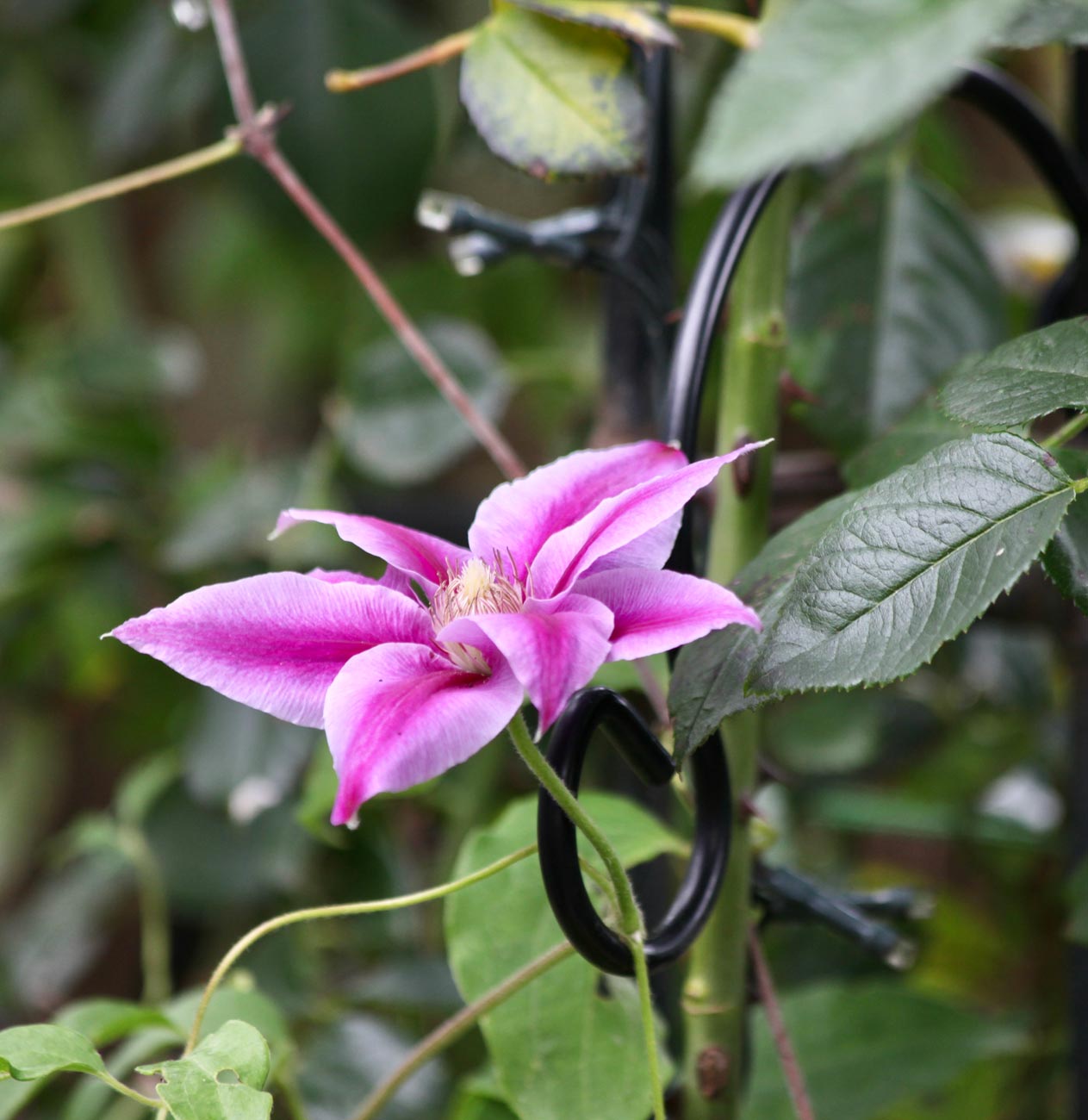
Super Elfin and pink Penny Lane accompanying clematis Dr Ruppel on the Gothic arch.
Later we drove into the overcast forest which seemed overpopulated with lethargic ponies and cattle. I chose to focus on just two of the equines who occupied the usual central spot on Forest Road.










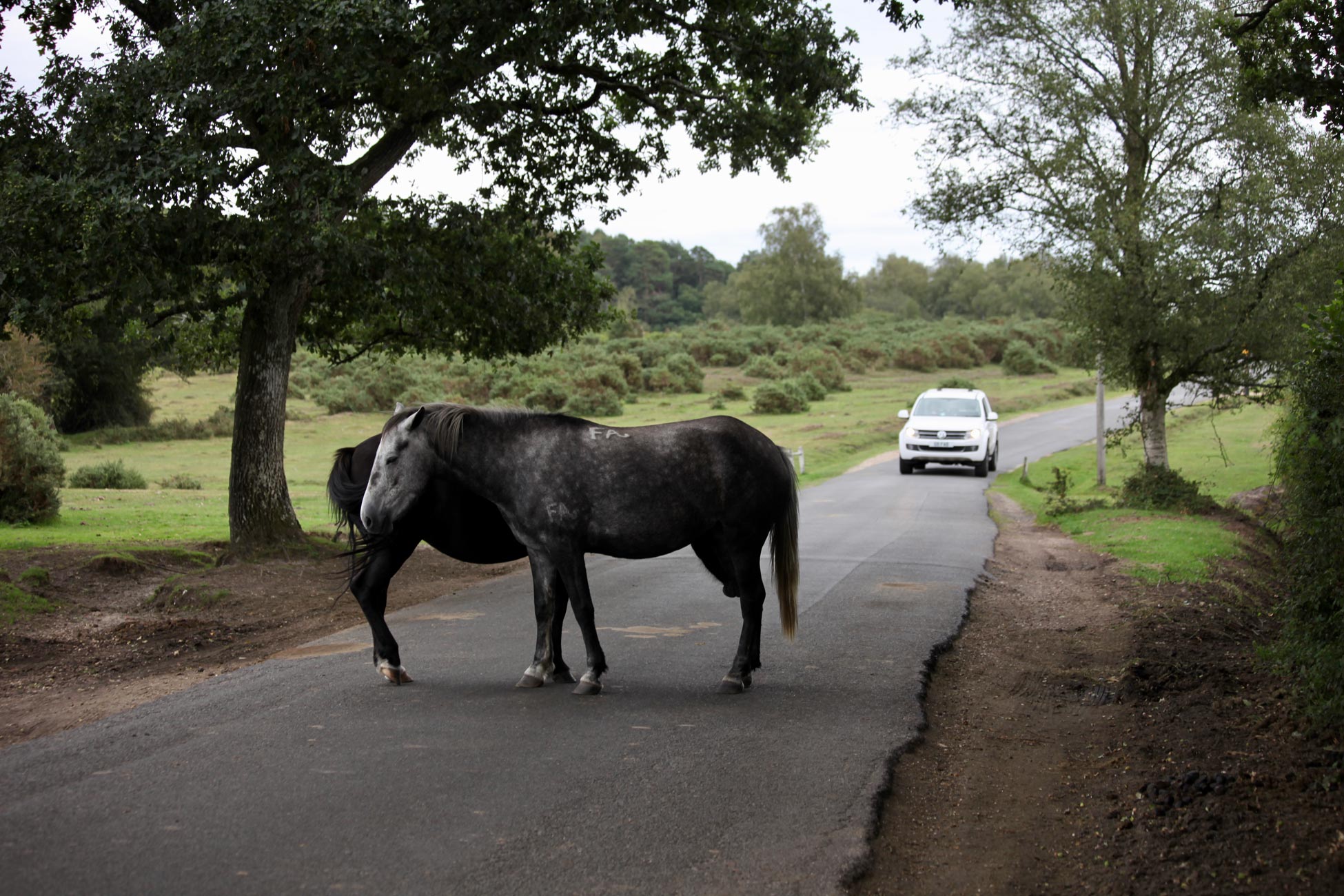

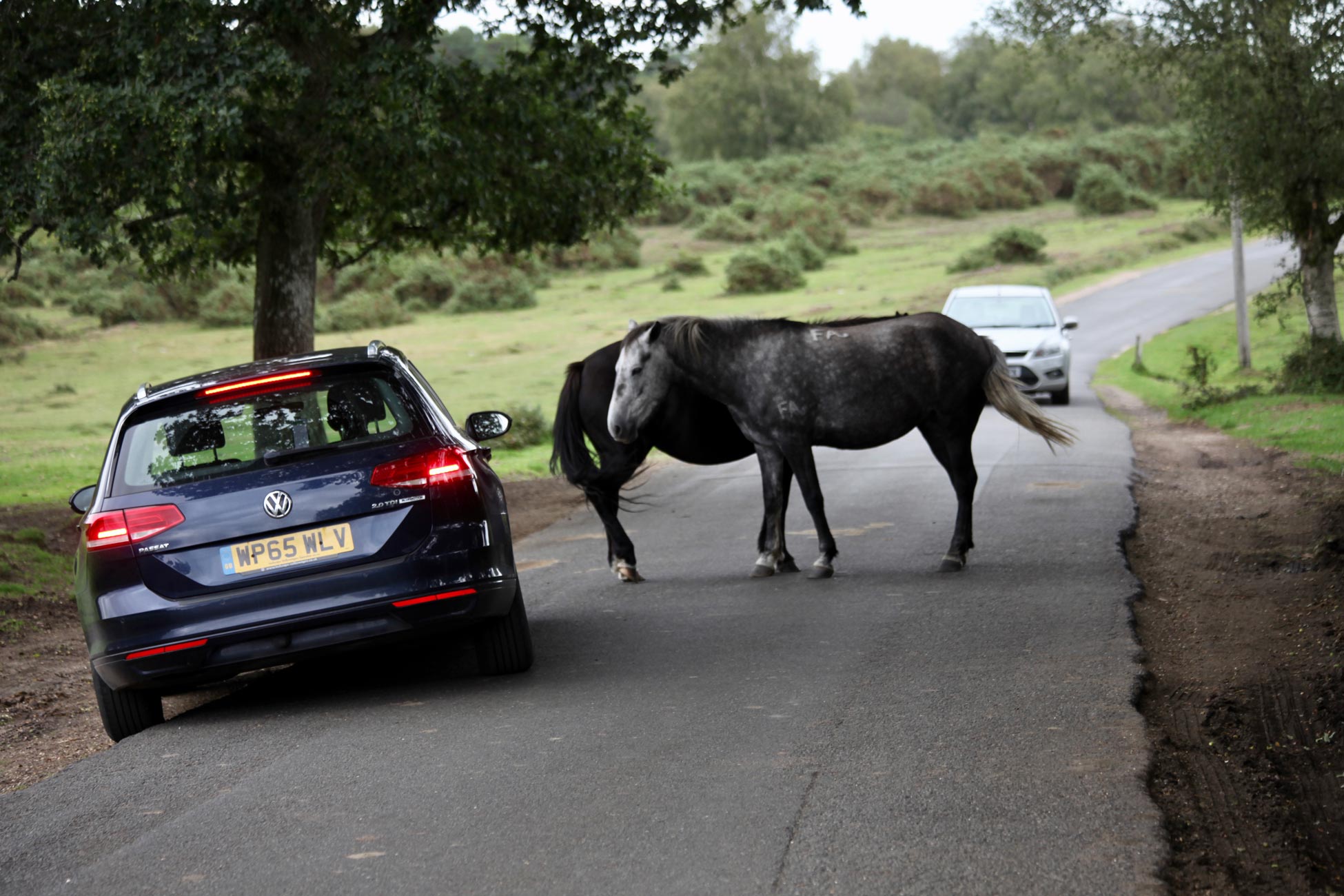
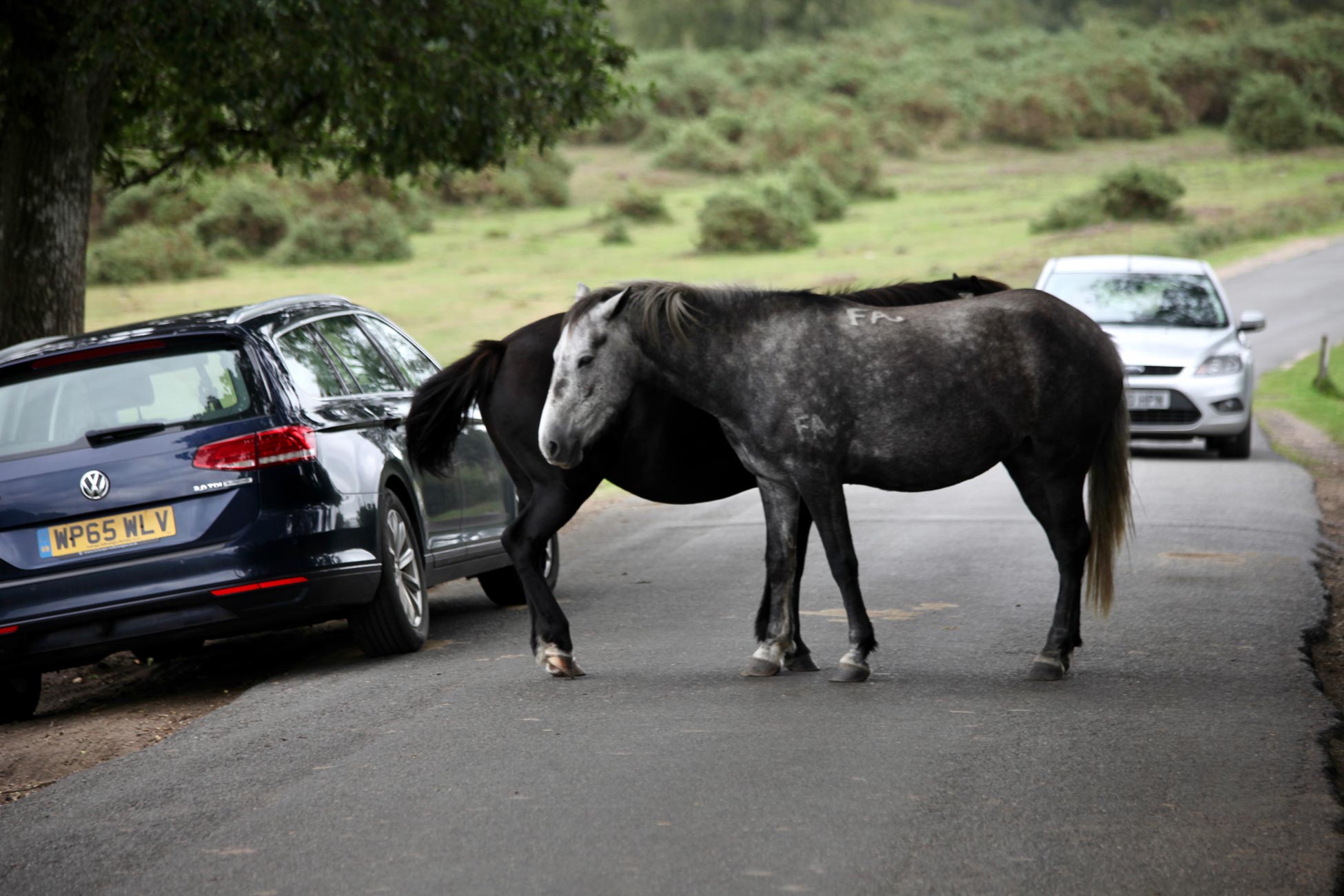

Tails twitching, they rapidly departed the safety of the oak tree, and adopted the customary head to tail stance enabling each to whisk away at flies irritating their partner’s muzzle. No way were they going to budge for any vehicles which could only pass the stubborn barrier by lurching off the eroded edge of tarmac at risk to their undercarriage.
This evening we dined on Jackie’s succulent ‘sunflower’ beef pie; swede mash; boiled new potatoes; crunchy carrots and cauliflower; with meaty gravy. The Culinary Queen drank Beck’s and I finished the Malbec.

